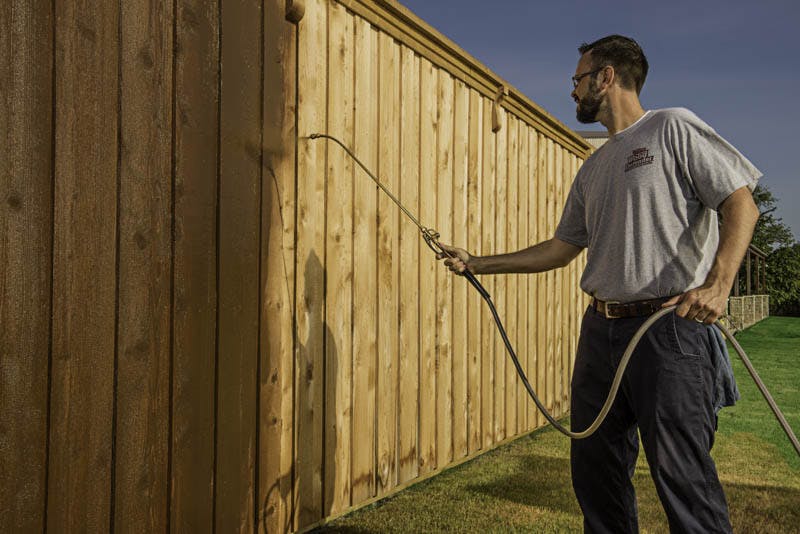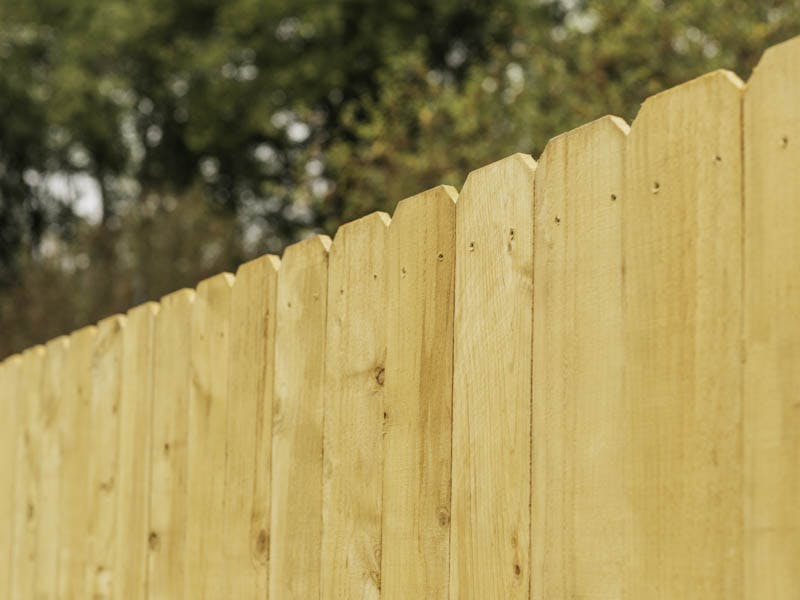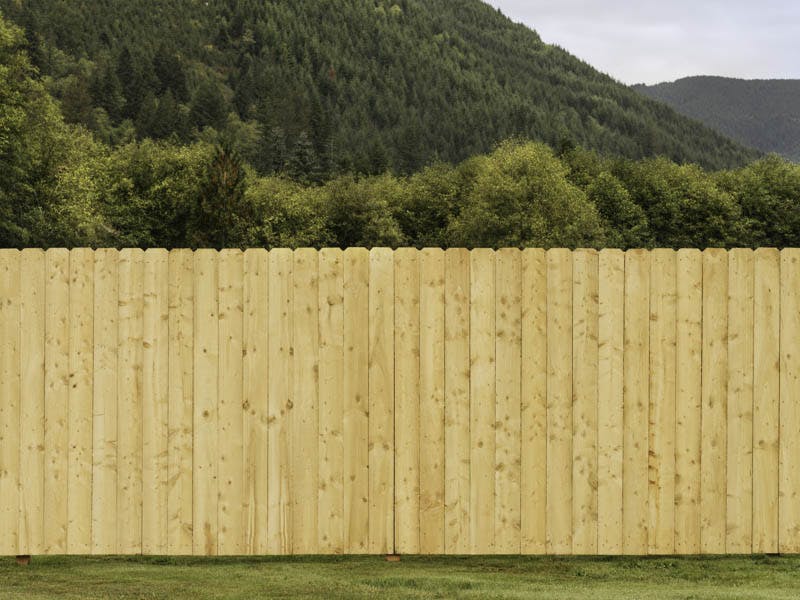
Oil Stain vs Water Stain

When it comes to stain for your fence, you have two choices: oil-based or water-based stain. Unless specified by your city or Homeowners Association (HOA), the choice is yours. It can be helpful to choose a stain that will complement your home’s exterior or your neighbor’s fencing. This article will walk you through the pros and the cons of each.
There are several other factors that need to be considered when choosing between oil-based and water-based stains:
Type of Wood
When choosing a stain to apply to your wood, it is important to first identify the correct stain base. A water-based stain is a better option for a wood that has a natural resistance to rotting, like cedar, cypress, or redwood.
Previous Wood Treatment
If the wood you are intending to stain is covered in a previous coating of paint or stain, certain steps should be taken in order to achieve a new protectant, even layer. Although it may be difficult to establish what the previous layer is, it will be helpful in your choice of oil-based vs. water-based stains. If the previous layer is oil-based, a water-based stain will adhere better and should be used.
Weather Exposure
If the wood will be in direct exposure to wind, rain, and sunlight, an oil-based stain is the best choice. This is because it is more durable than a water-based stain and will provide a more complete protective layer against these elements.
Unless specified by your city or Homeowners Association (HOA), the choice is yours. It can be helpful to choose a stain that will complement your home’s exterior or your neighbor’s fencing.

Pros:
Transparent formula:
Oil-based stains apply more transparently than water-based stains, so the beauty of the wood’s grain on the fence is clear.
More surface treatment:
Oil penetrates deeper into the fencing material, making it easier to apply, and coating the wood more evenly. This leads to a more even finish without visible lap marks.
Dries slowly
While this may seem like a disadvantage, it actually improves the finish quality of oil-based stains. Oil-based stains dry slowly, giving an even finish across the wood. This contributes beauty to the fence to ensure maximum curb appeal for the home and grounds.
Durable & long-lasting
If you want the longest-lasting results for your fence, oil-based stains last longer than their water-based counterparts. Maintenance to keep fences looking their best is reduced and the time between stain applications is often extended, saving time and money.
Cons:
Limited color availability
Most oil-based stains have muted colors to appear more natural-looking and to let the wood grain show through. However, this limits color choices to browns and darker tones.
Usually more expensive
Since it offers the greatest protection against sunlight, wind, and rain, oil-based stains often come at a higher price point.
More vulnerable to fire
This might not be the biggest concern for most fence installations, but it can be a major consideration when staining the fence or other additions that attach directly to a home.

Pros:
Many color choices
Water-based stains come in light and dark shades that have richer hues of color. It also keeps its color for a longer period of time compared to oil-based stains.
Cost-efficient and sustainable
Water-based stains are often less expensive than oil-based stains. They are also more environmentally friendly since they will not emit volatile organic compounds (VOCs).
Dries more quickly (like paint)
This makes water-based stains good for indoor and outdoor use, drying much faster when applied on wood because water evaporates much faster than oil.
Can be applied over oil
Water-based stains coat previously treated wood fences more effectively. They can be added over previous applications of water or oil-based stains without unsightly smears or patches. This makes water-based stains ideal for touching up fences.
Breathable stain
Because water-based products absorb into the wood without adding a layer of oil in the process, they allow greater air movement through the wood. This can prevent water from becoming trapped in the fibers and causing the fence to decay or deteriorate. This also means that the stain doesn't emit off-putting fumes or smells compared to an oil-based stain.
Mold and mildew resistant
While oil-based stains protect the wood from harsh elements of nature, water-based stains repel mold and mildew more effectively. This is related to the quick drying time; water is not trapped in the first place, so it cannot cause decay.
Cons:
Not transparent
Water-based stains are not transparent, so the beauty of wood grain on the fence is lost.
Cracking
Water-based stain is more vulnerable to the fence material movement, so the surface tends to crack easier.
May require pre-treatment conditioning
Water-based stains dry fast and also raise the grain of the wood, making it more difficult to use. Pre-treatment conditioning is needed to prevent these and to help make the stain bond easier with the wood.

At the end of the day, choosing between an oil-based stain or a water-based stain is about which you prefer. The most important things to consider are material, protection, and an appearance that will complement your home.
Recent Articles



